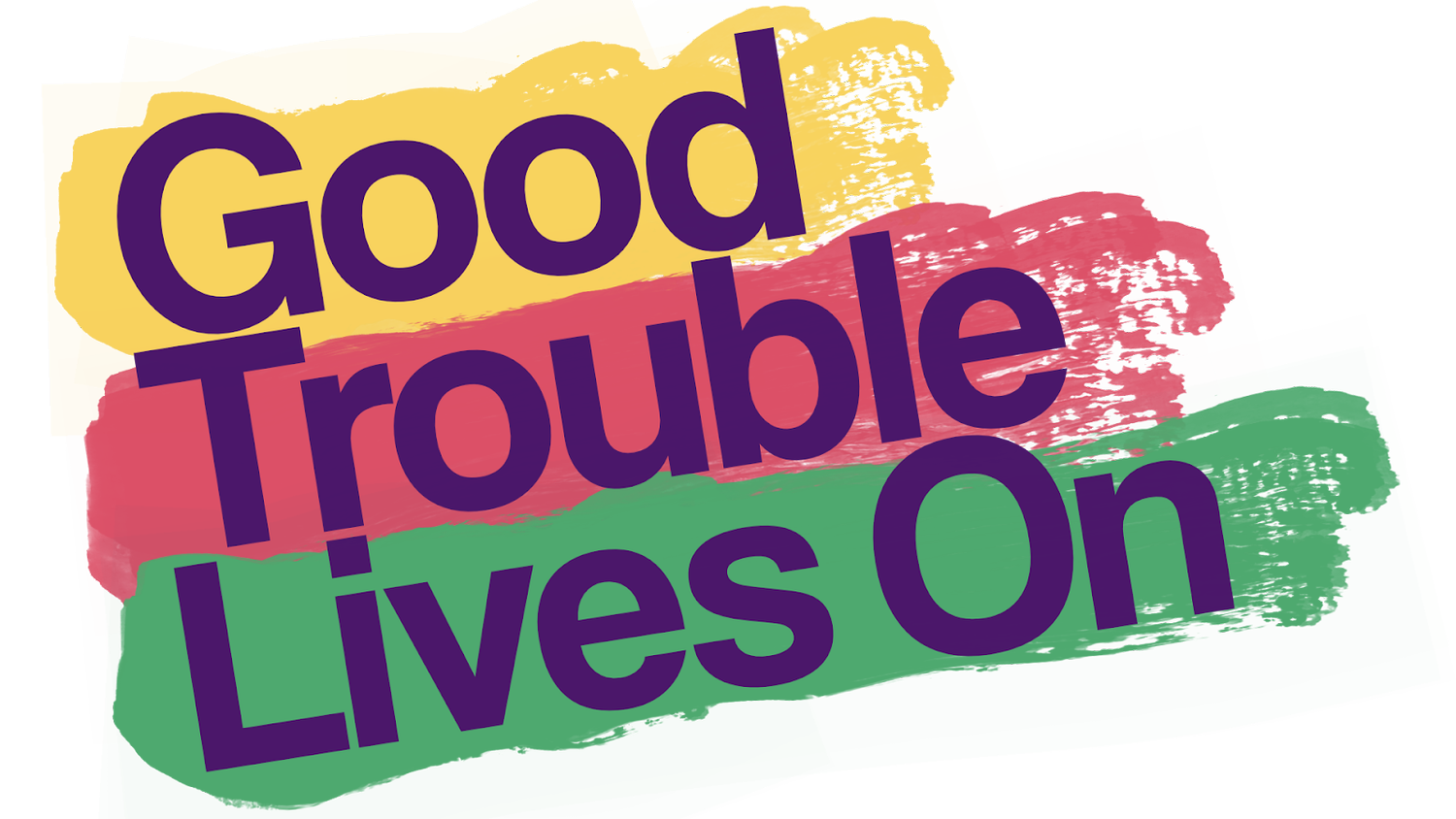Implicit Bias
Recognizing and addressing implicit bias is a critical part of your commitment to social and racial justice.
Implicit bias is unconscious and unintended prejudice. It is the natural byproduct of a lifetime of experiences, including upbringing, social background, and media exposures. We all have implicit bias, and these biases can lead to real harm.
So what are we asking of you?
Watch the video “Implicit Bias Defined” at the bottom of the page for a brief and clear overview of implicit bias.
Take one or more of the battery of implicit bias association tests offered by Project Implicit. Explore and reflect on your own unconscious biases.
Work through one or more of the excellent free courses we have linked for a deeper understanding of the prevalence and impact of implicit biases.
Unveiling Unconscious Bias | Stanford Medicine
This course seeks to provide education on unconscious bias. In this course we will define unconscious bias, explore the various common types of biases with examples, learn about the negative impact of unconscious bias on individuals and organizations, and identify some strategies to detect and mitigate unconscious bias. Target audience is health care professionals.
AMA PRA Category 1 Credits™ (1.50 hours), ANCC Contact Hours (1.50 hours), ASWB Cultural Competence Continuing Education (ACE) credits (1.50 hours), Non-Physician Participation Credit (1.50 hours)
This site hosts a series of free, online professional development modules for school and public youth services librarians, library administrators, and others interested in improving their knowledge about race and racism, racial equity, and culturally sustaining pedagogy. The primary focus of the Project READY curriculum is on improving relationships with, services to, and resources for youth of color and Native youth.
Commit to one or more actions that will reduce your implicit biases. For example:
Learn more about a community for which you possess bias. Education is the strongest antidote for prejudice.
Be deliberate and seek out members of a community for which you possess bias. Invest time to strengthen your positive associations with these interactions.
For example, if you wish to overcome the mistaken impression that a particular marginalized group has reduced capacity for leadership or academic success, seek out professors or successful business leaders of that community. Learn from them, even if just via internet content (but preferably in person!) - and strengthen that positive association!

